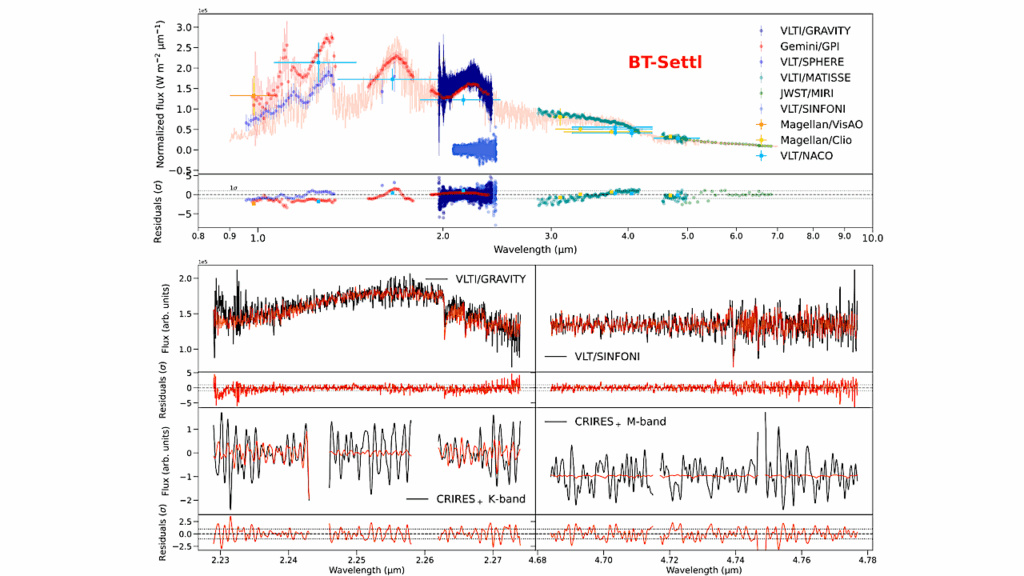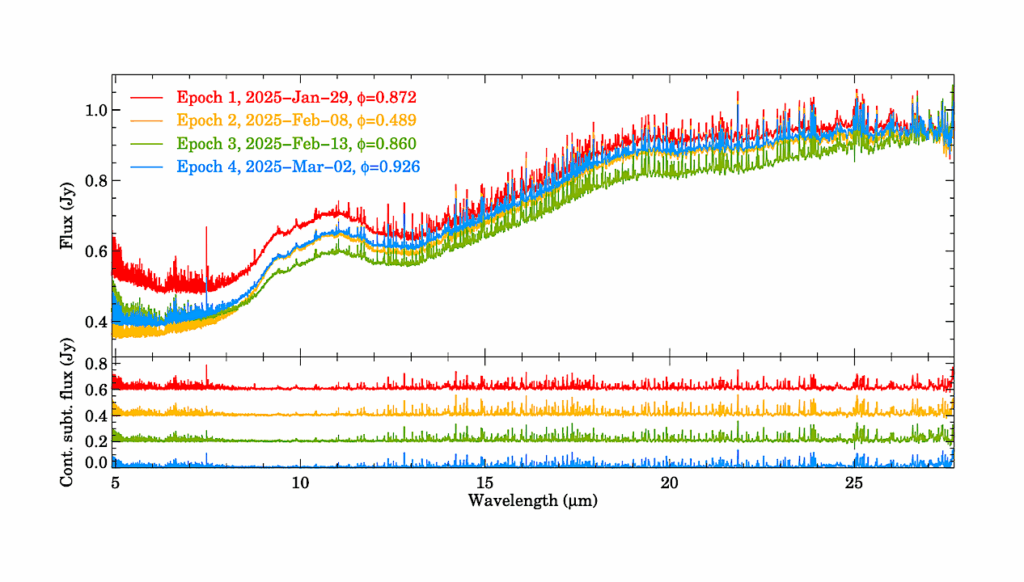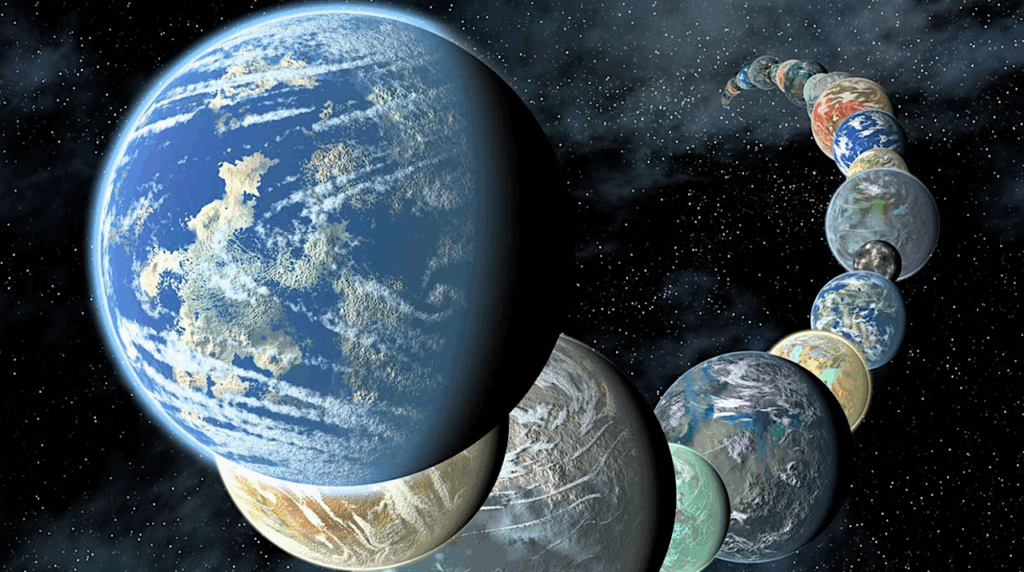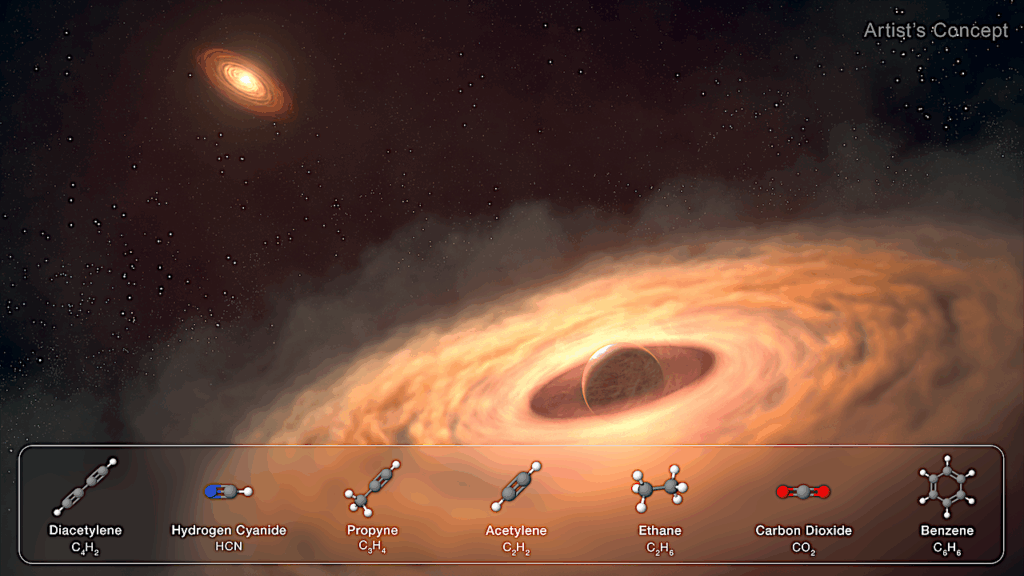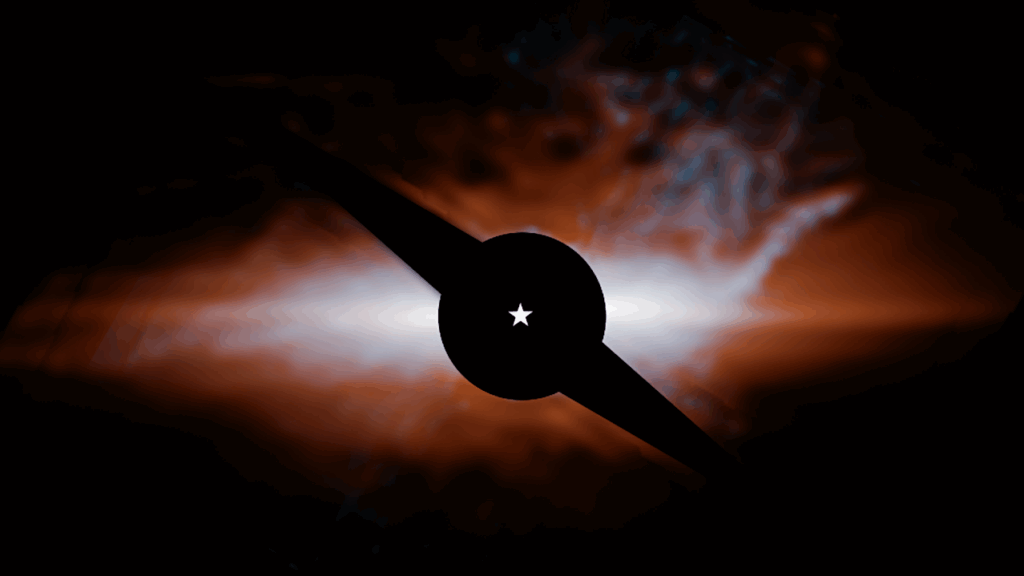On the Effectiveness of the Planetary Infrared Excess (PIE) Technique to Retrieve the Parameters of Multiplanet Systems around M dwarfs: A Case Study on the TRAPPIST-1 System

The planetary infrared excess (PIE) technique has the potential to efficiently detect and characterize the thermal spectra of both transiting and non-transiting exoplanets. However, the technique has not been evaluated on multiplanet systems.
We use the TRAPPIST-1 system as our test bed to evaluate PIE’s ability to resolve multiple planets. We follow the unfolding discoveries in the TRAPPIST-1 system and examine the results from the PIE technique at every stage. We test the information gained from observations with JWST and next-generation infrared observatories like the proposed MIRECLE mission concept. We find that even in the case where only the star is known, the PIE technique would infer the presence of multiple planets in the system.
The precise number inferred is dependent on the wavelength range of the observation and the noise level of the data. We also find that in such a tightly packed, multiplanet system such as TRAPPIST-1, the PIE technique struggles to constrain the semi-major axis beyond prior knowledge. Despite these drawbacks and the fact that JWST is less sensitive to the fluxes from planets g and h, with strong priors in their orbital parameters we are able to constrain their equilibrium temperatures. We conclude that the PIE technique may enable the discovery of unknown exoplanets around solar-neighborhood M dwarfs and could characterize known planets around them.
L. C. Mayorga, J. Lustig-Yaeger, K. B. Stevenson
Comments: 12 pages, 11 figures, 1 table, accepted to ApJ
Subjects: Earth and Planetary Astrophysics (astro-ph.EP); Instrumentation and Methods for Astrophysics (astro-ph.IM)
Cite as: arXiv:2309.15267 [astro-ph.EP] (or arXiv:2309.15267v1 [astro-ph.EP] for this version)
https://doi.org/10.48550/arXiv.2309.15267
Focus to learn more
Submission history
From: Laura Mayorga
[v1] Tue, 26 Sep 2023 20:55:28 UTC (3,925 KB)
https://arxiv.org/abs/2309.15267
Astrobiology


